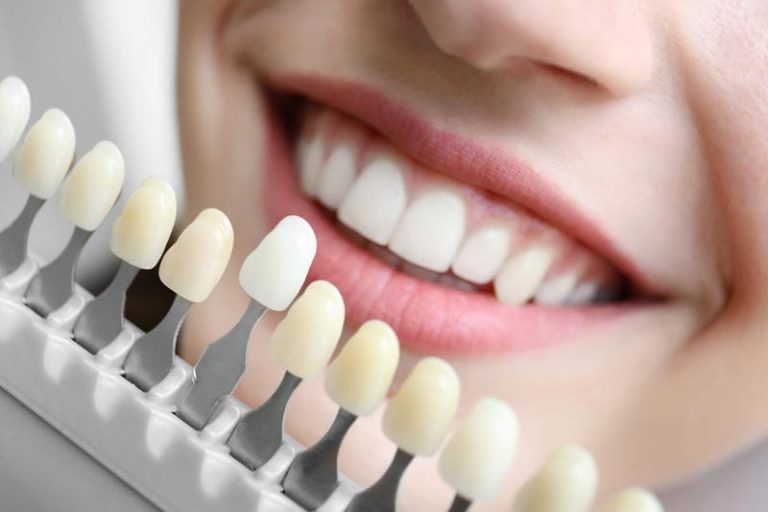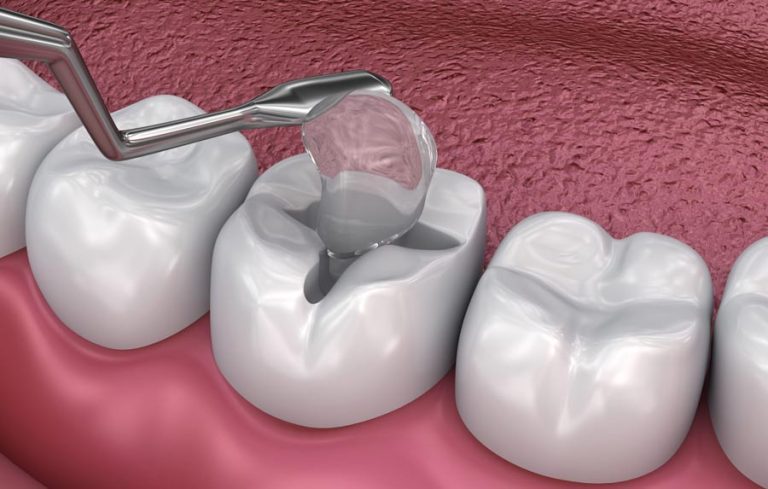Getting braces can change your life by giving you a straighter smile and better oral health. But there are a few things you should think about before starting this treatment. You can make an informed choice about whether or not braces are right for you by learning more about this dental treatment, from your treatment goals to your budget considerations. Here, we will talk about 8 important things you should think about before getting braces, including treatment choices, possible problems and benefits, and more. Before doing anything, it is better to make appointments in North York so that the problems of your teeth are determined and the best solution is given to you.
Learn About Orthodontic Options
Orthodontic treatment has come a long way, and now there are many more choices than just metal braces. Depending on your needs, you can choose from clear aligners, ceramic braces, lingual braces, and self-ligating braces.
How Should I Choose the Right Orthodontic Treatment?
Each type of orthodontic treatment has its own pros and cons. To choose the best option, you need to consider factors like:
- Your orthodontic problem’s severity
- Your personal preferences
- Your lifestyle
- Your budget
Keep reading to become more familiar with the common types of braces and their advantages and disadvantages.

Traditional metal braces
Traditional braces are made of metal brackets and wires that link them. These brackets are bonded to the surface of your teeth and are tightened gradually to shift the teeth in the desired direction.
- Metal braces are usually preferred because of their versatility and cost-effectiveness.
- These braces are helpful for fixing a wide range of orthodontic problems, especially more severe cases.
Walk-in Family Dental
Do You Need Emergency Dentist?
Walk-in Family Dental provides quick and expert care for dental emergencies, including toothaches and knocked-out teeth.

Clear aligners (Invisalign)
These are clear plastic trays that are custom-made for you to fit snugly over your teeth and align them seamlessly. Clear aligners are helpful for orthodontic problems that are mild to moderate, such as mild crowding or spacing, but not as effective for more complex misalignments.
They offer two great advantages:
- They are almost unnoticeable, which makes them a good choice for people who feel self-conscious about the appearance of traditional metal braces and prefer unnoticeable braces.
- Can be taken off to eat, drink, and clean your teeth., which helps maintain optimal oral health all throughout your treatment.

Ceramic braces
These work like regular metal braces, but the brackets are made of clear or tooth-colored ceramic for a more aesthetically pleasing look. They work well for most cases of orthodontic issues but are slightly more fragile than traditional braces.
- Ceramic braces are less noticeable than metal braces.
- They might get stained a little more easily than metal brackets.
Lingual Braces
In this type of orthodontic treatment, the brackets and wires are connected to the back (lingual) surface of the teeth, so you can’t even tell they’re there when someone wears them. This offers you an effective yet completely invisible treatment.
- Lingual braces are custom-made for each patient to make them more comfortable and effective.
- They are suitable for most orthodontic problems, but it might take a little longer for you to get used to them.
Self-ligating braces
These braces use special brackets that don’t need metal or elastic ties. The braces can be made of different materials, so you can choose between metal or ceramic. Self-ligating braces have the following benefits:
- They make it easier for your teeth to move.
- They result in shorter treatment times and fewer visits.
Discuss Treatment Options with Your Orthodontist
You can’t make an informed decision until you talk to an expert. If you live in Toronto and you’re considering getting braces but you’re not sure which type is suitable for you, do not hesitate to contact us. Walk-In Family orthodontists have several years of profound experience in treating a wide range of orthodontic problems and can guide you in choosing the best option based on the condition of your teeth and other important factors. If you need Dental Implant You can contact us so that we can give you an appointment as soon as possible
The Length of the Treatment Can be from 6 Months to 3 Years
Depending on things like the complexity of your problem and the type of treatment you’ve chosen, the orthodontic treatment duration can take anywhere from 12 to 36 months on average. With clear aligners, treatment may take less time, usually between 6 and 18 months. During this time, you should fully commit to your treatment and follow your dentist’s instructions to reach optimal results and preserve your oral health.

You’ll Need to Pay Special Attention to Your Oral Hygiene
Braces need careful care and maintenance to make sure they work effectively. This includes good oral health habits like brushing your teeth after meals, flossing every day, and using floss threaders or interdental brushes to clean between the brackets and wires.
In addition, you should stay away from sticky candies, hard nuts, and crunchy snacks that can damage your braces.
It’ll Be Uncomfortable in the Beginning
It might be uncomfortable as your teeth move during orthodontic treatment, especially in the beginning and after initial adjustments. You might feel pain, pressure, or irritation in your mouth. When it happens, you can use over-the-counter painkillers and orthodontic wax to ease the pain. The pain and discomfort usually go away in a few days.
Walk-in Family Dental
Do You Need Emergency Dentist?
Walk-in Family Dental provides quick and expert care for dental emergencies, including toothaches and knocked-out teeth.

You Should Adjust Your Diet
Certain foods can damage your braces or make your treatment take longer. To avoid this, eat less chewy, crunchy, hard, or sticky foods because they can break or bend wires. Choose smoother things like smoothies, yogurt, mashed potatoes, and soups. It can also be easier if you cut food into little bite-sized pieces. Although these dietary restrictions may be a little disappointing, they’re temporary, and it’s absolutely worth it to help your treatment finish successfully.
Follow-up Visit Will Be a Part of Your Routine
When you start wearing braces, you need to visit your orthodontist for regular check-ups to see how things are going, make any necessary changes, and make sure the treatment stays on track. Depending on your treatment plan, these visits happen every 4 to 8 weeks on average.

Don’t Worry About Your Age
Most people think of teens when they hear the word “braces.” However, orthodontic treatment can help people of all ages get straighter teeth and more beautiful smiles.
Beginning the treatment earlier might be better because the jaw is still growing and is more open to dental changes at that age. Still, adults can get good results with braces, though treatment may take longer because their jawbones are fully formed. Your orthodontist will assess your age and the condition of your teeth to figure out when you should start the treatment. If your teeth need orthodontics, you can contact Orthodontist North York so that they can do your work in the shortest possible time.
Possible Problems and Risks
Orthodontic treatment has some risks and possible problems, just like any other medical process. Some of these are cavities, gum disease, root loss, and short-term pain. If you don’t take good care of your teeth and gums during treatment, you are more likely to develop cavities and gum disease. Additionally, some people may have allergic reactions to orthodontic materials.
Also, orthodontic problems like broken braces or wires can happen and cause injury to oral tissues, though they don’t happen very often.
To Wrap Up
Before you embark on your journey to your dream smile through orthodontic treatment, you should decide on your preferred orthodontic option and understand the challenges that come with getting braces. You’ll need to carefully protect your teeth and braces from damage by maintaining good oral hygiene and making changes to your diet. Remember that all the time and care will pay off after your treatment is done, and you can have a confident and charming smile for the rest of your life.
So, if you know what to expect and are ready, you can start orthodontic treatment with confidence, knowing that you’re positively investing in your oral health and smile aesthetics.
FAQ
What are the different types of braces available?
There are several types of braces available to suit different needs and preferences. Traditional metal braces are the most common and effective for complex issues. Ceramic braces are similar to metal braces but are less noticeable because they blend with the teeth. Lingual braces are attached behind the teeth, making them invisible from the front. Clear aligners, such as Invisalign, are removable and virtually invisible, ideal for those seeking a discreet option. Your orthodontist will help determine the best type for your specific situation.
How long will I need to wear braces?
The duration of wearing braces varies depending on the complexity of the orthodontic issues and the type of braces used. On average, treatment lasts between 18 months to 3 years. Regular check-ups with your orthodontist will ensure your treatment is progressing as planned. Following your orthodontist’s instructions and maintaining good oral hygiene can also help achieve the best results in a timely manner.








